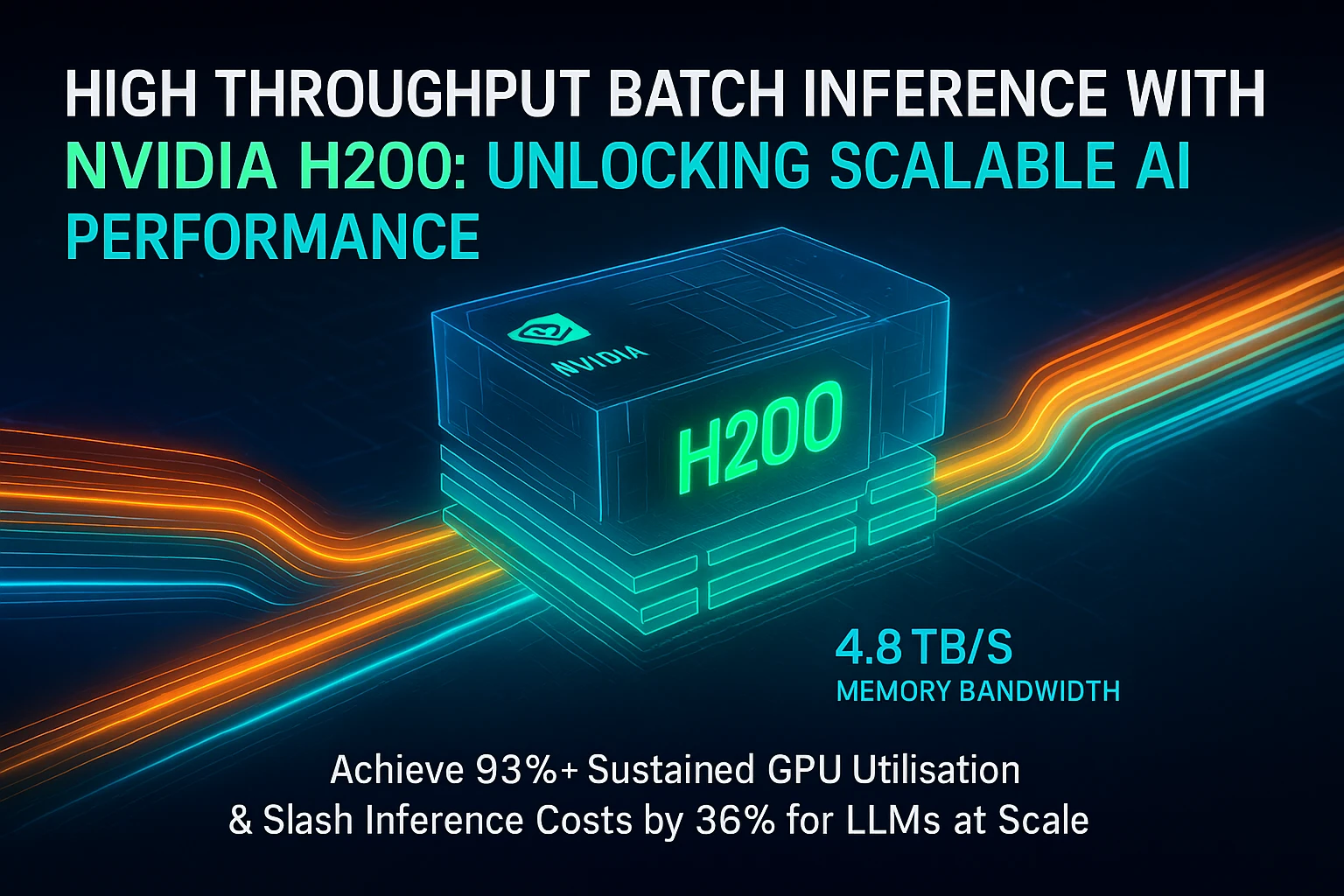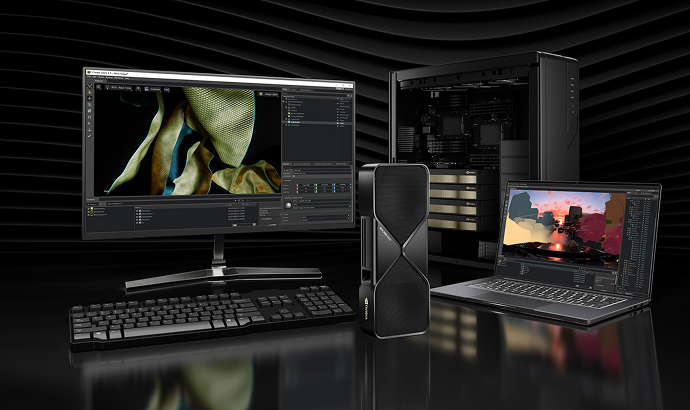

Writing About AI
Uvation
Reen Singh is an engineer and a technologist with a diverse background spanning software, hardware, aerospace, defense, and cybersecurity. As CTO at Uvation, he leverages his extensive experience to lead the company’s technological innovation and development.

The NVIDIA H200 is a cutting-edge GPU specifically designed to address the challenges of deploying large language models (LLMs) and generative AI at scale. It boasts 141 GB of HBM3e memory and an impressive 4.8 TB/s of memory bandwidth per GPU. This hardware is critical because it significantly boosts “throughput” – the efficiency with which a GPU can process AI tasks, measured in metrics like tokens per second or inference requests served, rather than just raw computational power (FLOPs). For enterprises, the H200 shifts the economic landscape of AI inference, allowing for higher batch sizes and lower latency at a more predictable cost.
In the current AI landscape, particularly with the growth of LLMs, the true bottleneck isn’t just how many calculations a GPU can perform (FLOPs), but how efficiently it can move data and complete end-to-end AI tasks. Throughput, which measures the rate at which an AI system can process data (e.g., tokens per second or inference requests), directly impacts the viability of large-scale AI deployments. While FLOPs represent theoretical maximum processing power, inefficient data movement, memory access, and scheduling can severely limit actual performance, leading to underutilised GPUs and increased operational costs. The H200 directly tackles this by ensuring data moves quickly enough to keep the processing units consistently busy.
The H200 is engineered for high-throughput AI inference through several key features. Its substantial 141 GB of HBM3e memory allows large context windows and multiple inference streams to reside entirely within the GPU memory, avoiding slower access to DDR or PCIe. The 4.8 TB/s memory bandwidth ensures that activations, embeddings, and weights are delivered rapidly to the Tensor Cores, keeping them saturated. The inclusion of the FP8 Transformer Engine reduces the memory footprint per operation, which in turn enables larger batch sizes per GPU while maintaining accuracy. Furthermore, NVLink and NVSwitch topologies facilitate low-latency sharing of batch workloads across multiple GPUs within a node. These combined features lead to a higher number of tokens processed per second per GPU and predictable scaling across multiple nodes.
Simply installing H200 GPUs is not enough; achieving peak throughput requires a “bandwidth-first” architectural approach. Key considerations include:
Many enterprises fail to realise the full throughput potential of their H200 clusters due to architectural oversights. Common pitfalls include:
When H200 clusters are architected correctly, they deliver significant improvements in both performance and cost efficiency. For example, sustained GPU utilisation can increase from approximately 60% in a legacy cluster to over 93% with an H200-optimised setup. This can lead to an 81% gain in tokens per second for a 70B FP8 model, resulting in a 36% reduction in cost per inference batch and a 38% decrease in power cost per 1,000 tokens. These gains mean higher throughput per rack, fewer GPUs required for a given workload, and a longer useful life for the hardware before refresh cycles are needed, thereby enhancing return on investment.
Maximising ROI from H200 clusters hinges on disciplined utilisation and strategic management. This includes:
Uvation specialises in transforming the technical specifications of H200 GPUs into concrete business outcomes. They go beyond just providing hardware by offering:
By adopting an “architecture-first” approach, Uvation helps enterprises unlock the true throughput potential of NVIDIA H200, making high-throughput batch inference scalable, profitable, and future-proof.
We are writing frequenly. Don’t miss that.
